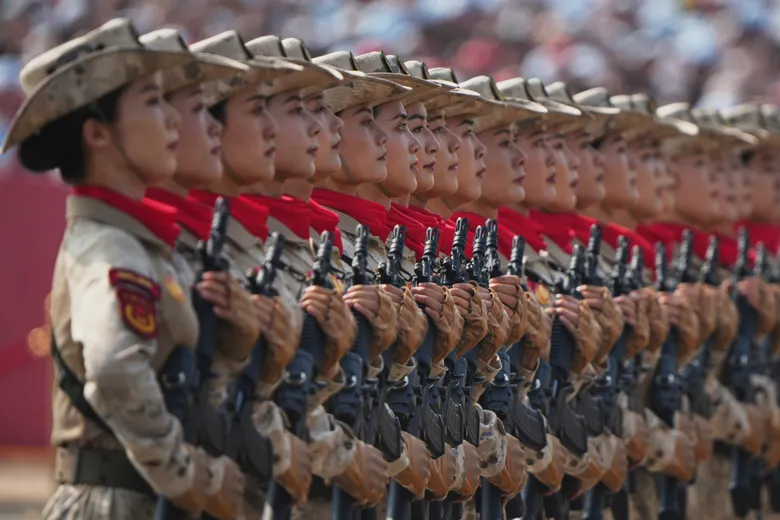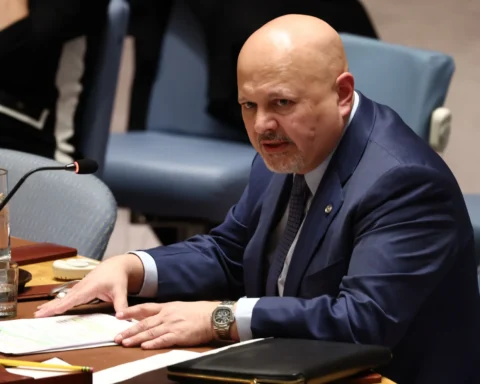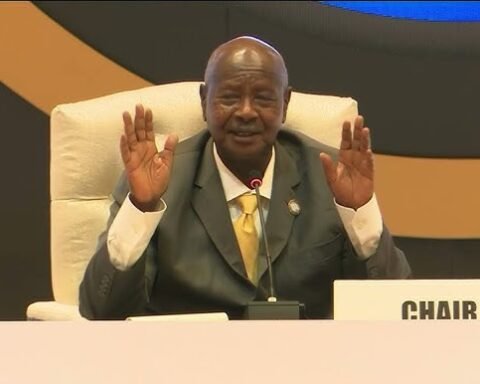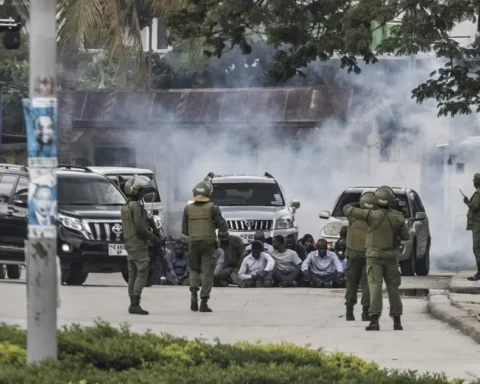Beijing hosted a grand military parade on Wednesday, marking the 80th anniversary of the end of World War II, with President Xi Jinping welcoming Russian President Vladimir Putin and North Korean leader Kim Jong Un at Tiananmen Square.
The event drew high-level international attention, as leaders and diplomats gathered to witness one of China’s largest displays of military power in recent years.
The parade featured a wide array of China’s armed forces, showcasing advanced weaponry, including intercontinental ballistic missiles, modern fighter jets, and newly developed drone systems. Troops marched in precise formations, and aerial demonstrations underscored the country’s growing focus on modernizing its military capabilities. Observers noted that the display also highlighted emerging cyber and strategic warfare units, reflecting China’s broader defense modernization strategy.
President Xi addressed the audience, emphasizing the sacrifices made by China during the war and the nation’s commitment to peace and national unity. His remarks reinforced the Communist Party’s message of strong leadership and a focus on safeguarding China’s core interests, including territorial integrity.
Also Read; Tanzania Begins Large Irrigation Project In Tabora Region
The presence of Putin and Kim Jong Un sent a clear diplomatic signal. Analysts say the gathering illustrates the strengthening ties between China, Russia, and North Korea, highlighting a shared interest in projecting influence on the global stage. The event was widely interpreted as a demonstration of unity among these nations, at a time when geopolitical tensions with the West remain heightened.
While the parade celebrated a historic milestone, it also serves as a reminder of China’s strategic ambitions. International experts note that such public demonstrations are intended both to honor the past and to signal the country’s growing regional and global influence. The absence of Western leaders contrasted sharply with the attendance of the allied heads of state, reflecting divergent perspectives on security, history, and international power dynamics.







